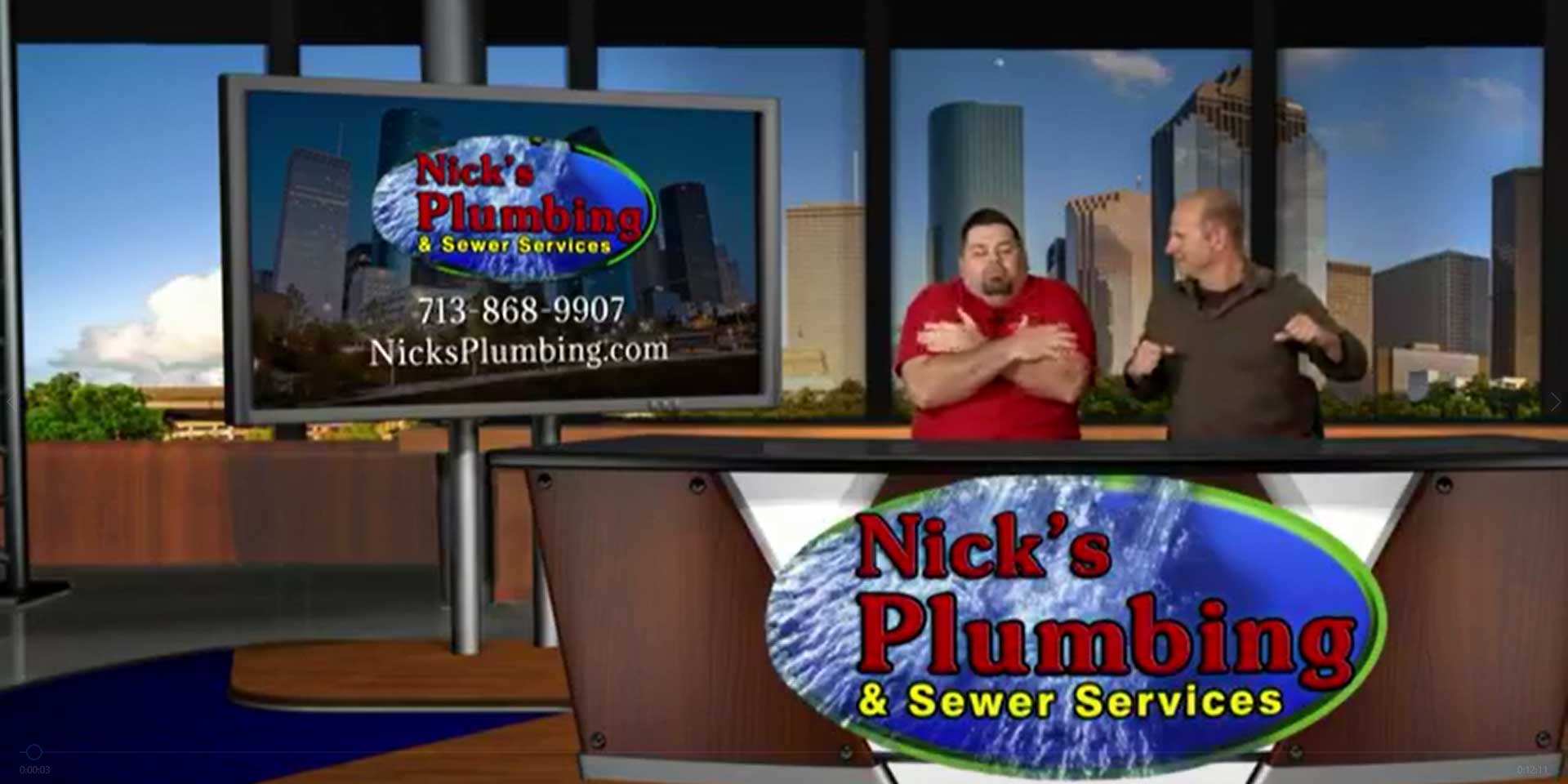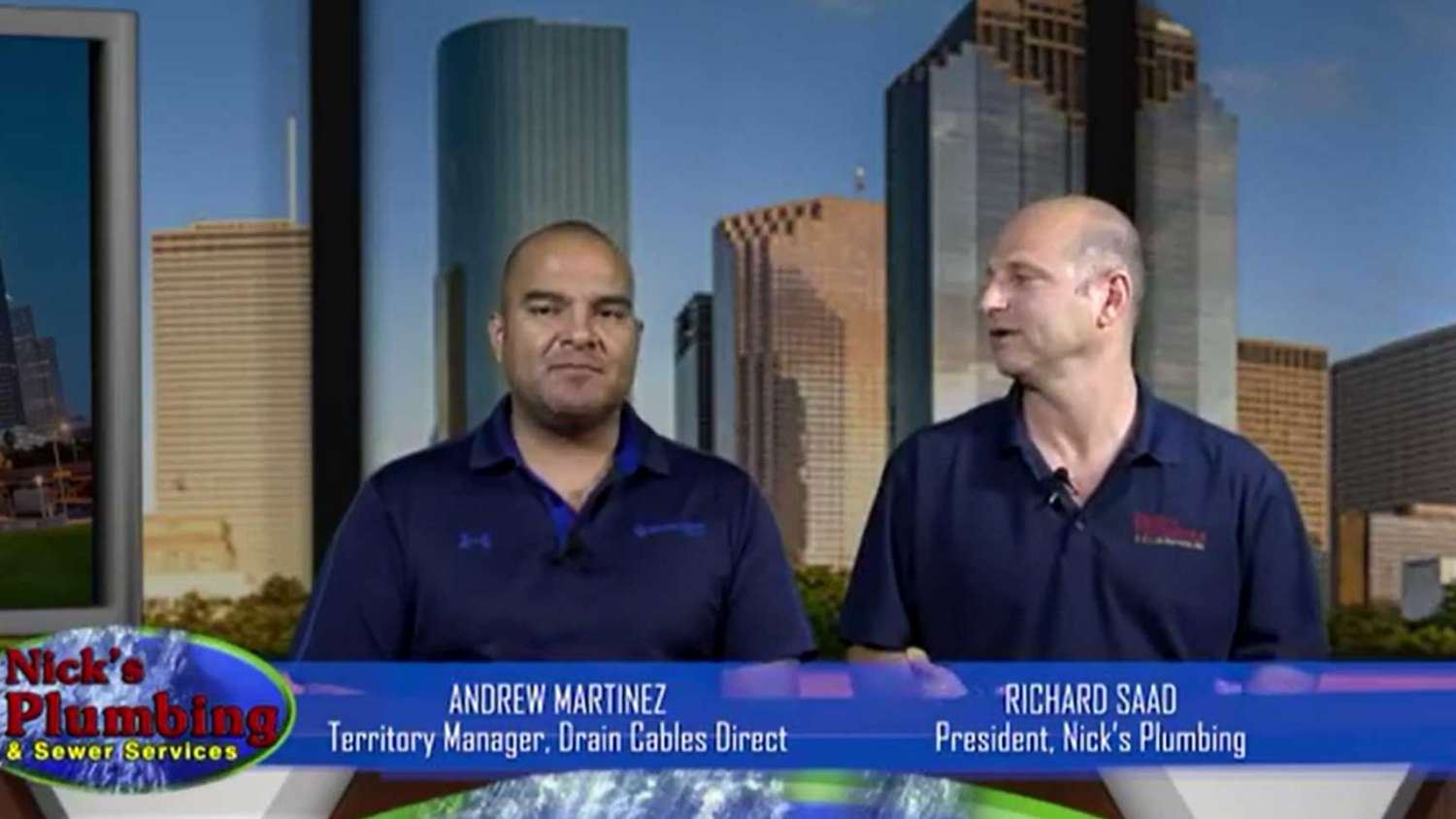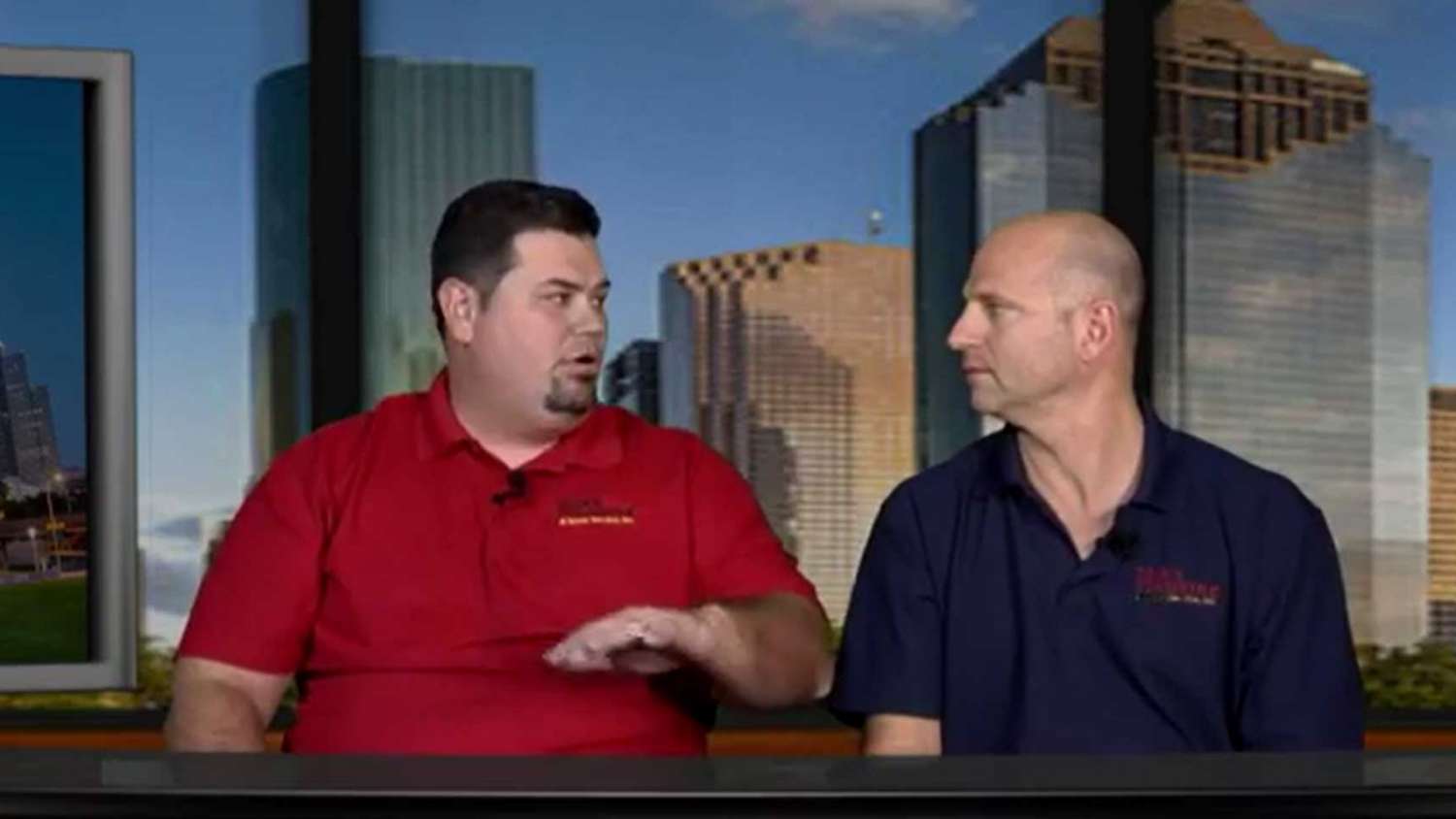Over the last decade, Houston’s winters have arrived later and left sooner, reducing the number of days that we experience cold weather every year. However, in the last decade, we have also witnessed the increasing severity of winter storms, namely the statewide cold snaps that essentially shut Texas down in February 2021 and January 2023.
At Nick’s Plumbing, we were overwhelmed by the number of calls we received about frozen and burst pipes, particularly sprinkler backflow preventers, in the aftermath of both winter storms. The most unfortunate aspect of those calls was that roughly 60 – 75% of the calls could have been prevented had the customers done even the most basic winterizing of their plumbing system.
In Houston, we rarely experience a “hard freeze” where temperatures fall to 25 degrees or lower for more than four hours. The days immediately following a hard freeze are when the most cold weather-related plumbing issues will likely occur.
Common Winter Plumbing Issues in Houston
Frozen Pipes
As temperatures drop, the water flowing through your pipes starts to freeze. As the water freezes and expands, it impedes the incoming water flow, creating increased pressure until the pipe breaks.
This freezing process will most likely occur in uninsulated or exposed pipes in attics, crawl spaces, or along exterior-facing walls. As water turns to ice, it expands, creating pressure within the pipe. This pressure can cause the pipe to crack or burst, leading to leaks that can result in significant water damage once the ice thaws.
- What can I do to prevent frozen pipes?
Prevention starts with insulating exposed pipes, especially those in the abovementioned unheated areas. Foam pipe insulation, heating tape, or heat cables can be wrapped around pipes to help keep them warm. Seal gaps and cracks around doors, windows, and walls can prevent cold air from reaching your pipes. Keep the garage doors closed, too, as many homes have water supply lines in the garage. These steps help create a protective barrier to keep pipes at a safe temperature even as the weather drops.
Another critical method for preventing frozen pipes is maintaining a steady temperature in your home, ideally not letting it drop below 55°F, even if you’re away. On icy days, allow faucets to drip slightly to keep water flowing, as moving water is less likely to freeze. Opening cabinet doors in kitchens and bathrooms can also help warm air circulate around pipes. For additional security, consider installing a leak detection system to alert you to potential issues before they escalate. These preventative measures help reduce the risk of frozen pipes, saving you from costly repairs and possible water damage.
Frozen Sprinkler Backflow Preventer
A backflow preventer in a sprinkler system acts as a safety mechanism, preventing contaminated water from flowing back into the main water supply by only allowing water to move in one direction. This is crucial to protect clean drinking water from potential contamination from fertilizers, pesticides, or other substances present in the sprinkler system, essentially acting as a barrier to stop any backflow that could occur due to pressure changes in the water line.
Because it’s often installed above ground and outside, it’s particularly prone to freezing in cold weather. The water inside the valves can freeze quickly when temperatures drop, which can cause the preventer’s components to expand, crack, or even burst, leading to costly repairs.
- What can I do to prevent a frozen backflow preventer?
Winterizing your sprinkler system’s backflow preventer is essential to prevent freezing and expensive damage during cold months. Getting your sprinkler system ready for winter temperatures is incredibly simple; you can do it yourself in five minutes with a flat-head screwdriver.
- First, turn off the controller for your sprinkler system. If you have a PEX or other plumbing manifold, turn off the water supply to all outdoor fixtures. Then, locate the backflow preventer and use the valve handle to turn off the water supply.
- Locate the two bleeder valve set screws on the side of the fixture and turn each one approximately one-quarter of a turn (so that the screw slot is parallel to the pipe), which will release a spray of any standing water from within the backflow preventer. And you’re done.
- It’s also wise to insulate the backflow preventer with foam pipe insulation or a specialized insulated cover to shield it from freezing temperatures.
Exposed Pipes
To protect the exposed pipes around your home from the cold, use pipe wrap insulation made from traditional fiberglass or cotton or a pipe heating cable that uses electricity to maintain the pipes’ temperature.
If you haven’t prepared your exposed plumbing, and freezing temperatures are imminent, you can improve your chances of not having your pipes freeze by letting a small stream of water run from your faucets. Be sure to leave as many faucets trickling as possible, as having a constant flow of water warmer than 32 degrees helps to prevent ice from forming in your pipes.
Outdoor Water Fixtures
Winterizing outdoor plumbing fixtures like hoses, hose bibbs, and water features is crucial to prevent freezing and damage. Start by disconnecting and draining all garden hoses, then store them indoors to avoid cracking. Shut off the water supply to exterior hose bibbs using the indoor shutoff valve, and open the outdoor spigot to drain any remaining water.
Consider adding an insulated cover to the hose bibb for extra protection. For water features like fountains, drain all water entirely and cover them to shield against freezing temperatures. If the water feature has a pump, remove it, clean it, and store it in a dry, frost-free location. Taking these steps will help protect your outdoor plumbing through the winter months.
Choose Nick’s Plumbing for All Your Winter Plumbing Needs!
Nick’s Plumbing and Sewer Services has been providing plumbing services in the Houston area since 1979. Our licensed and experienced plumbing technicians are available to help you prepare your home for freezing weather and, after the thaw, to help with any issues caused by the deep freeze.
Call Nick’s Today. We’re on the Way!


























